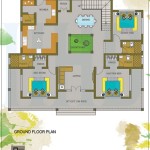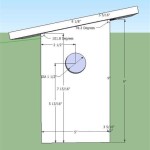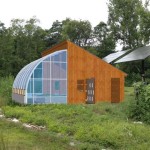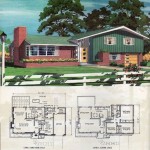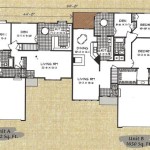Essential Aspects of Japanese Home Floor Plan Designs
Japanese homes are renowned for their unique and functional floor plan designs, which embody the principles of simplicity, harmony, and connection to nature. Understanding the essential aspects of these designs can provide insights into Japanese culture and inspire homeowners worldwide seeking to create peaceful and aesthetic living spaces.
Genkan: The Welcoming Entryway
The genkan is the entrance area of a Japanese home, serving as a buffer between the outside world and the living quarters. It typically features a raised wooden floor and a designated space for removing shoes, creating a sense of transition and ritual upon entering the home.
Washitsu: The Traditional Japanese Room
The washitsu is a room adorned with tatami mats, which are woven rush mats that create a soft and flexible floor surface. It is often used as a living room, guest room, or tea ceremony space and embodies the principles of minimalism and natural materials.
Shoji and Fusuma: Sliding Doors and Partitions
Shoji and fusuma are traditional Japanese sliding doors and partitions, respectively. Shoji screens are made of translucent paper, allowing light to filter through while maintaining privacy. Fusuma are opaque panels used as room dividers, providing flexibility and adaptability in the home's layout.
Tokonoma: The Display Alcove
The tokonoma is a recessed alcove within the washitsu that serves as a display area for artwork, calligraphy, or seasonal decorations. It creates a focal point in the room and is considered an essential element of Japanese interior design.
Engawa: The Transitional Veranda
The engawa is a covered veranda that extends from the house into the garden. It serves as a transitional space between the indoor and outdoor environments, blurring the boundaries and offering a place to relax, appreciate nature, or entertain guests.
Natural Materials and Craftsmanship
Japanese home floor plan designs emphasize the use of natural materials such as wood, tatami, and paper. These materials create a sense of warmth and harmony while showcasing traditional Japanese craftsmanship and attention to detail.
Flow and Circulation
Japanese homes are designed with a thoughtful flow and circulation pattern that promotes ease of movement and a sense of spaciousness. Rooms are often connected through sliding doors and hallways, enabling a smooth transition between different areas.
Adaptability and Multi-Functionality
Japanese home floor plans are highly adaptable and multifunctional. Sliding doors and partitions allow for flexibility in space configuration, enabling rooms to be used for multiple purposes depending on the occasion or time of day.
Harmony with Nature
Japanese home designs prioritize harmony with nature, embracing elements such as natural light, ventilation, and greenery. The use of large windows, sliding doors, and outdoor spaces creates a connection to the surrounding environment and promotes a sense of tranquility.

Japanese Home Design Ideas Pictures 331 Sqm Homestyler

Japanese Home Design Ideas Pictures 331 Sqm Homestyler

Traditional Japanese House Style Plans

The Floor Plan Of Apartments In Japan Japanese Home Archi Designer

Hachidori Floor Plan Traditional Japanese House Japan Design Home Plans

House Floor Plan Design Plans Traditional Japanese Container Home Style

Japanese House For The Suburbs Traditional Style

Nice Traditional Japanese House Floor Plan Minimalist Home Design

Gallery Of Koya No Sumika Ma Style Architects 16 Minimalist House Design Japanese Home Floor Plan

Japanese Apartment Free Design 3d Floor Plans By Planner 5d

